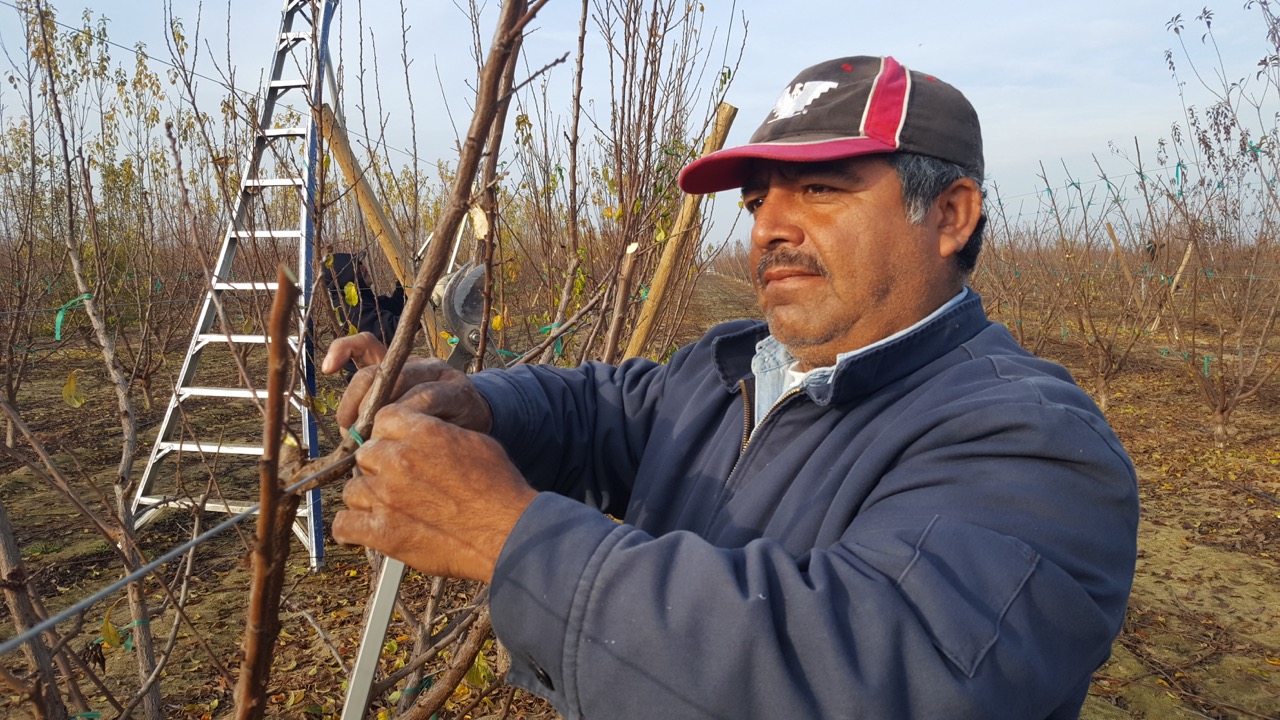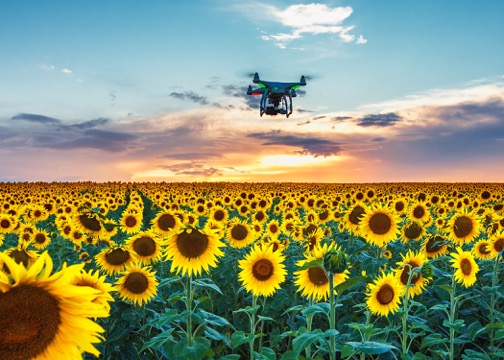Farm Workers Fearful for Future
Americans not interested in farm worker jobs, Western Growers Association says
By Patrick Cavanaugh, Farm News Director
The noble farm workers moving though California orchards and vineyards – where they are pruning trees and tying vines, along with other winter work – are fearful that they could be deported.
“They are scared because there has been a lot of the rhetoric in the news out there that’s come from the presidential campaign,” said Jason Resnick, Vice President and general counsel for the Western Growers Association, based in Irvine. “It has certainly raised concerns for workers. However, we are confident that the President-elect understands the needs of agriculture, the importance of agriculture and that we rely on these workers to harvest the crops that feed the country and the world.”
“For the last decade agricultural leaders through all segments of the ag industry have been leaning hard on Congress for an immigration reform package that will do two things: One that will help us to maintain our existing workforce and to normalize their status,” Resnick said. “And two, we need lawmakers to streamline the future flow of workers who want to come here for the season and do the work and return back to their home country. It’s really a two-prong approach that we are looking for.”
And there has been additional rhetoric, along with letters to editors in major newspapers across the country. Many uninformed people are saying that farm workers should not be here because they are taking away American jobs.
“We’ve known for years and it’s been tested and proven again and again that Americans won’t pick crops at any wage,” Resnick said. “As part of the H2A temporary agricultural program that allows agricultural employee who are facing a shortage of domestic workers to bring foreign workers to the U.S. to perform ag work services on a seasonal basis, we have advertised for American workers in multiple states.”
“We are seeking American workers to do the work at considerable higher wages than minimum wage,” he said. “And we do not get many Americans applying at all. And when we do, they come to work and they barely last a day, let alone the season.”
“People in this country would do almost anything rather than farm work,” Resnick said.


















